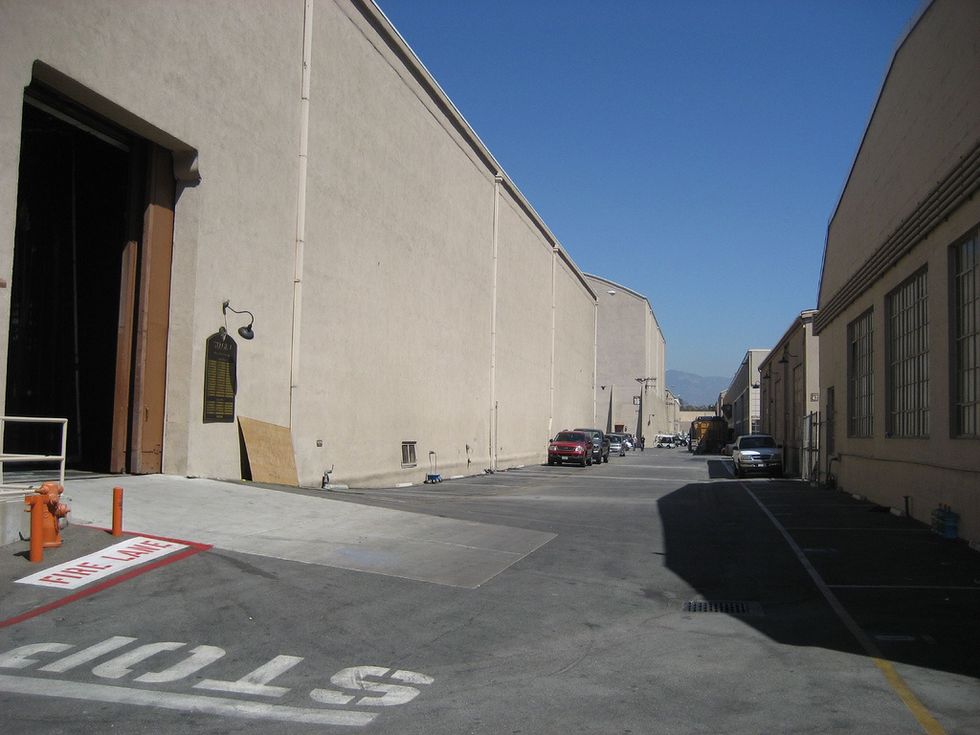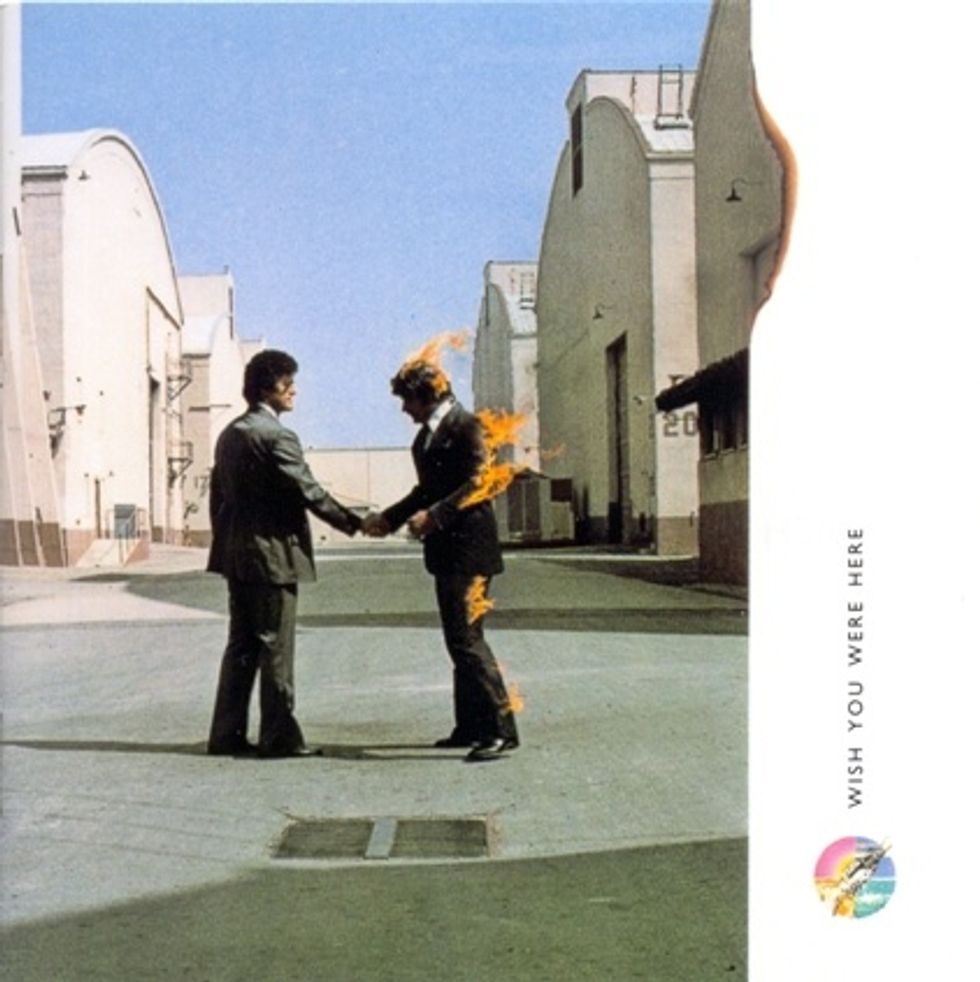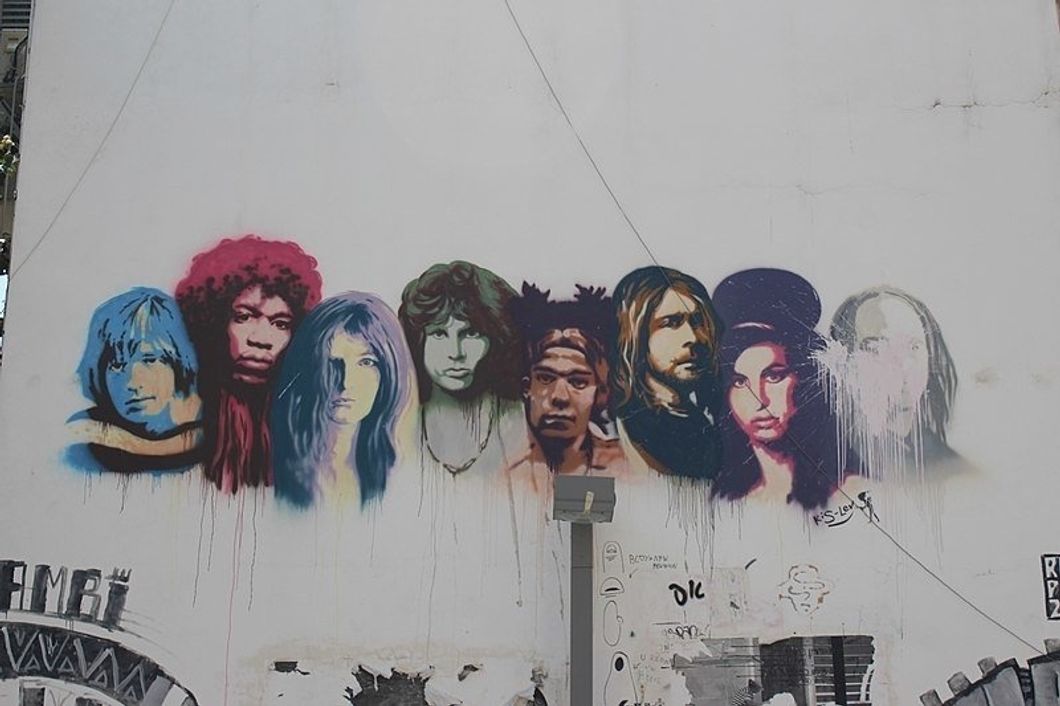A Meaning Deeper Than Music
The history and inspiration behind the artwork for Pink Floyd's song "Wish You Were Here."
On September 12, 1975, one of Pink Floyd's most popular songs to this day was released. "Wish You Were Here" is, what I believe to be, five minutes and thirty-five seconds of pure genius, but what is even more magnificent is the song's cover image.
The picture was taken by Aubrey 'Po' Powell, a partner at the design studio Hipgnosis, where most of the Pink Floyd cover ideas stemmed from. Powell hired Ronnie Rondell Jr., the man in flames who had frequently worked with fire in his shoots, and stuntman Danny Rogers to be the stars of the infamous photo. Powell chose Ronnie Rondell Jr. because he was willing to be engulfed in flames close to fifteen times just to get the perfect image.
FUN FACT: Due to false judgement of the wind and incorrect placement during the shoot, the wind blew fire directly into Rondell's face, singeing one of his eyebrows off along with his entire mustache. Because of this, the original image was taken with Rondell on the left, and with photoshop, he was flipped to the right side to make the photo just right.
The process of taking the perfect photo is extremely difficult, but devising the original idea of the image is even more strenuous. The methodology and work put in behind the scenes of this image is truly fascinating. Powell and co-owner of Hipgnosis, Storm Thorgerson, reported to The Floydian Slip:
"We discuss what the music feels like to us. Or the intention of the lyrics. Or what the album may really be about, even if the Floyd haven't said it, or don't yet know it… 'Wish You Were Here' was a different story altogether. Lengthy discussions, particularly with the band, much internal focusing, and repeated exposure to the haunting brilliance of 'Shine on You Crazy Diamond' led inexorably to one point, led to one theme, in fact to the one word, 'absence.'"
"Absence," a feeling people try to avoid, a feeling people try to conceal, and a feeling people fear. The location of this picture is so significant to the idea of absence; a backdrop as simple as the intersection of Ave. D and 5th St. in The Warner's Brothers back lot, with Stage 20 (visible on the white building on the right side of the cover artwork) being the location of Hipgnosis, had the greatest impact. Powell and Thorgerson both agreed this particular location was "the land of make-believe; where nothing is real, and all is absent." Continuing with the theme of absence, Powell used two businessmen making a deal unknown to the viewer; he used a handshake to suggest the empty gestures often made by people, usually an action that is void and meaningless.

In the 1970's the term "getting burned" was used when artists were denied royalty payment, therefore Powell used a regular businessman to represent the record labels (on the left), and a burning businessman to act as the musician (on the right). The burning man can be used to embody the action of human beings obscuring their true emotions for the fear of "getting burned," or rejected. We hear this concept in the actual song "Wish You Were Here," where David Gilmour, the lead vocalist in Pink Floyd, consistently has questions and doubts as if he is uncertain or nervous to express how he really feels.

Powell and Thorgerson truly are masterminds in making the viewers think outside of the box, and in showing there is an extensive meaning behind unadorned images. Album and song covers are visual representations of the points the artists are trying to make but cannot communicate through their lyrics. As the old saying goes "an image speaks a thousand words."

































